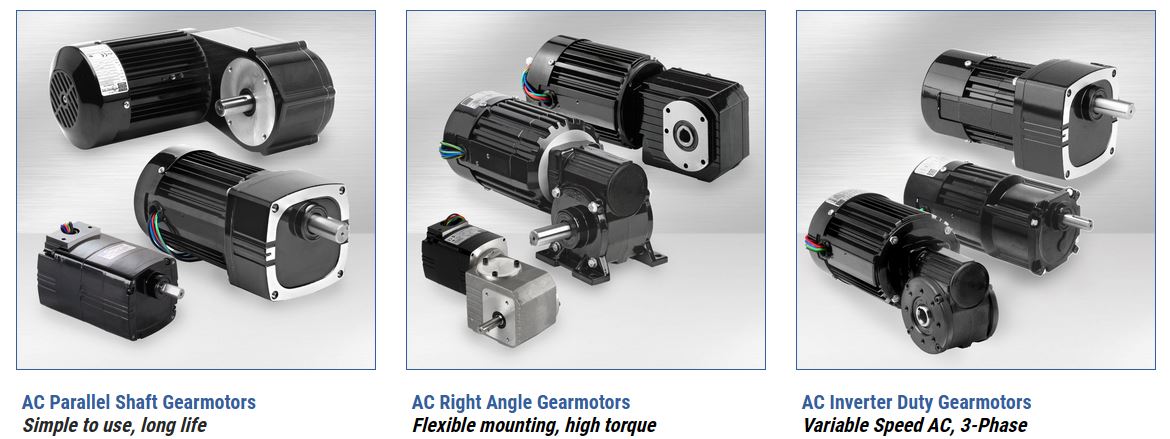One of the conveniences of using a “power off” (spring-loaded) DC holding brake is that it can be wired in parallel with the motor power leads so that it will engage when power is removed from the motor. Most times this works as expected, however here are a couple of special cases to keep in mind:
1) When power is removed from the motor (and brake), the gearmotor/motor acts as a generator as long as the armature is rotating. If the load has any inertia or momentum, it can still generate enough power to keep the brake from engaging right away. Eventually the armature speed decreases due to load friction and the brake can engage, but this could take milliseconds or seconds depending on the type of load. Usually not a problem, but good to be aware of the possibility.
2) In cases where the gearmotor load requires a high starting torque, the armature can draw a lot of current from the power source. If the leads are longer than a couple of feet, then the voltage drop along the wires could be enough that the brake doesn’t disengage right away. This makes the motor power through the load AND the brake and possibly creates premature wear on the brake disk.
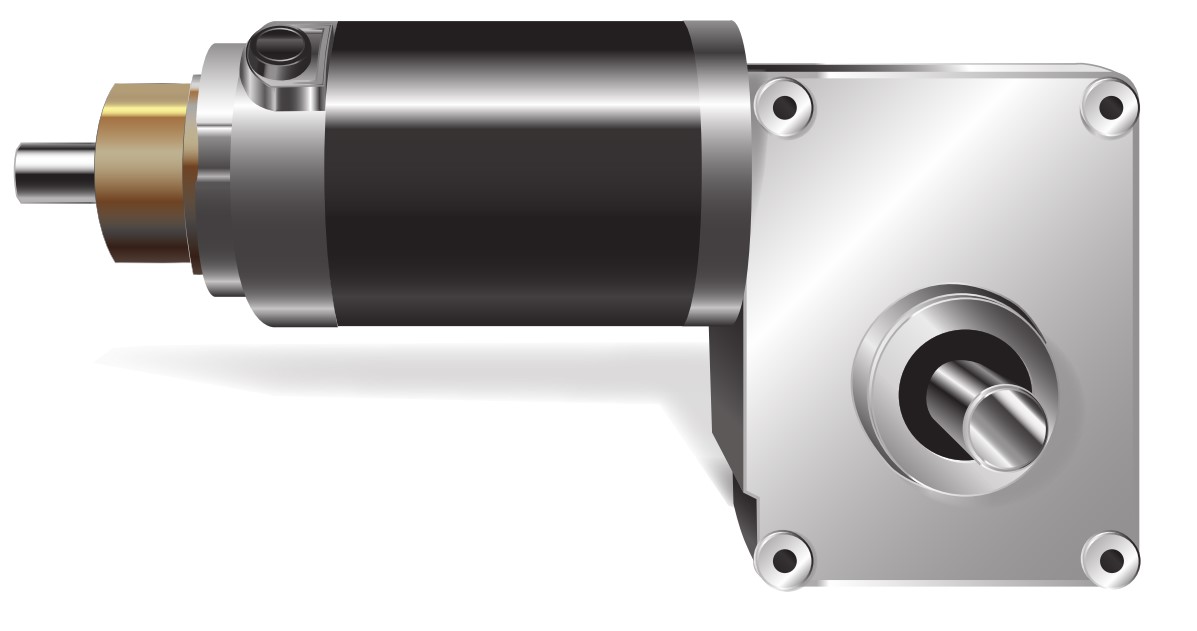
Form Factor for a DC speed control is a measure of the amount of current (ampere) filtering (smoothing) provided by the control to a motor. Form Factor cannot be determined until a motor and control combination are driving a load. However, most control manufacturers catalog their controls with a FF rating. Most small motor and control combinations exhibit FF= 1.0 to 1.05 with a filtered control and FF= 1.6-1.8 with an unfiltered control at rated torque.
Bodine permanent magnet DC motors in this catalog are rated for continuous duty on 130 VDC, FF=1.05 current as supplied by Bodine type FPM and WPM controls. These motors and gearmotors can be successfully operated from unfiltered controls at FF=approximately 1.6, at speed not less than 1700 rpm. For intermittent duty operation, full nameplate torque may be available. The designers should test for each individual application.
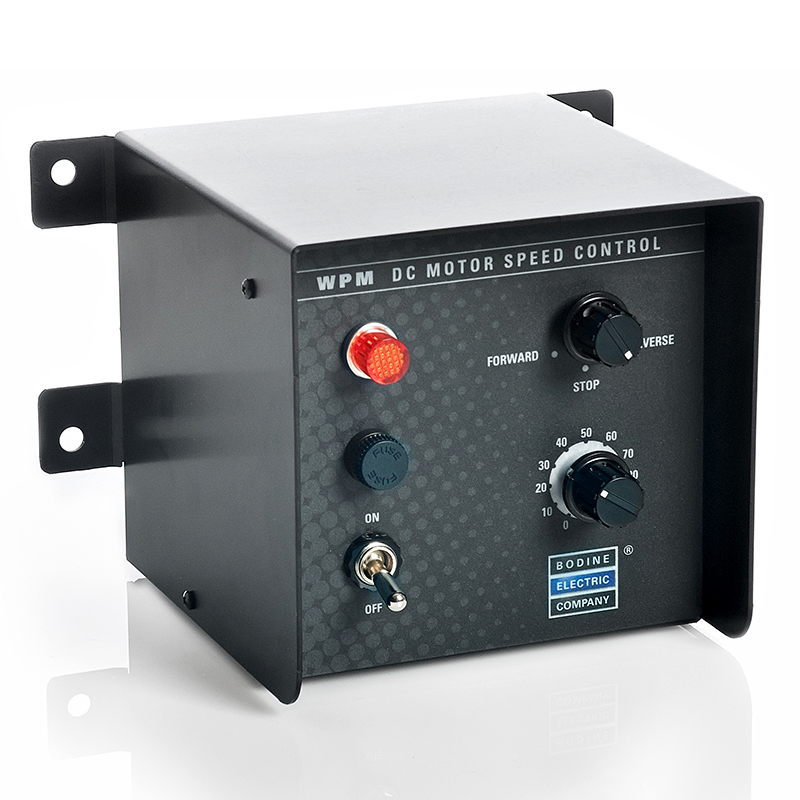
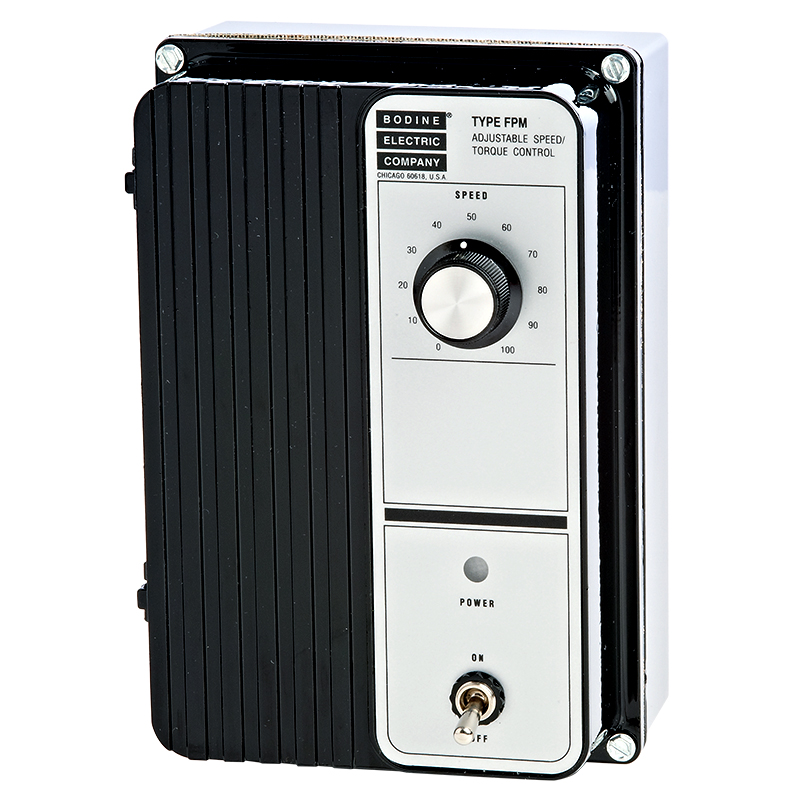
Most AC and PMDC motors and gearmotors, the INTEGRAmotors, and most speed controls carry the CE mark. For model-specific details, please contact our customer service department.
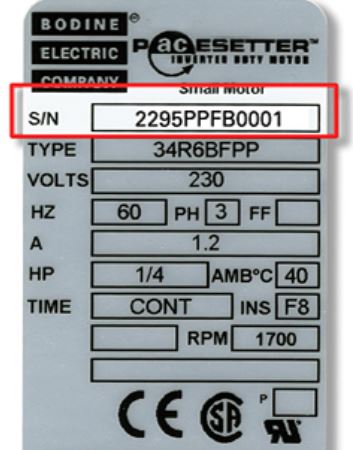
Our Control Selection Guides (PDF) can help you select the right speed control for your Bodine gearmotor or motor application. We offer speed controls for most of our variable speed AC inverter-duty (3-phase), Permanent Magnet DC (PMDC) and Brushless DC (BLDC/EC) stock models:
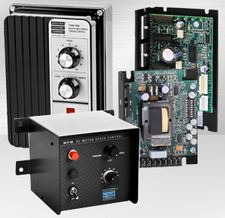
Yes, we currently offer Class I/Div.1 (Ex-Proof) and Class I/Div.2, brushless DC and AC three-phase, inverter-duty, and PSC gearmotors. We stock (40) Class I/Div. 1 explosion-proof 34B-FX gearmotors and (4) AC & BLDC CI/D1 motors. Special lead-times apply. Please contact your local Bodine
Yes, Bodine has manufactured custom motors and gearmotors with mounted brakes for many decades. Minimum order quantities apply. Please contact your local Bodine
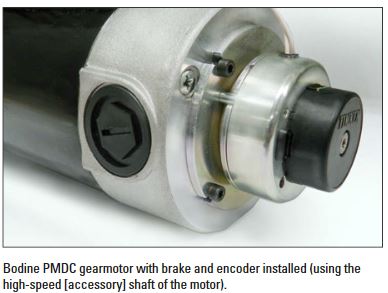
All motors and gearmotors shown in our catalog are reversible. To prevent gearing damage, most gearmotors require a full stop before reversing.
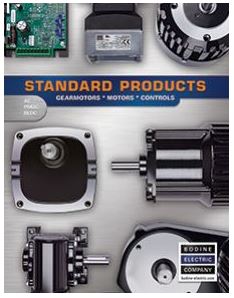
Obtainable torque is the maximum output torque (peak torque) for a gearmotor. Gearmotors may be operated at these levels only for brief periods due to thermal or mechanical limitations.
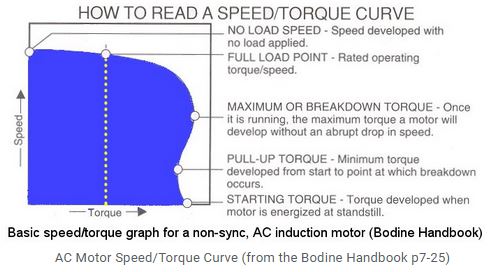
AC three-phase inverter duty (PP), three-phase synchronous inverter duty (YP), and some permanent split capacitor (PSC or CI) designs may be operated at adjustable speed with suitable controllers.
Most 24A stock gearmotors and motors are rated IP-20, but we offer an IP-44 seal kit. The part number of this IP-44 seal kit is stock model 0976. Our type 24A-60P planetary gearmotors are rated IP-65 and do not require this kit
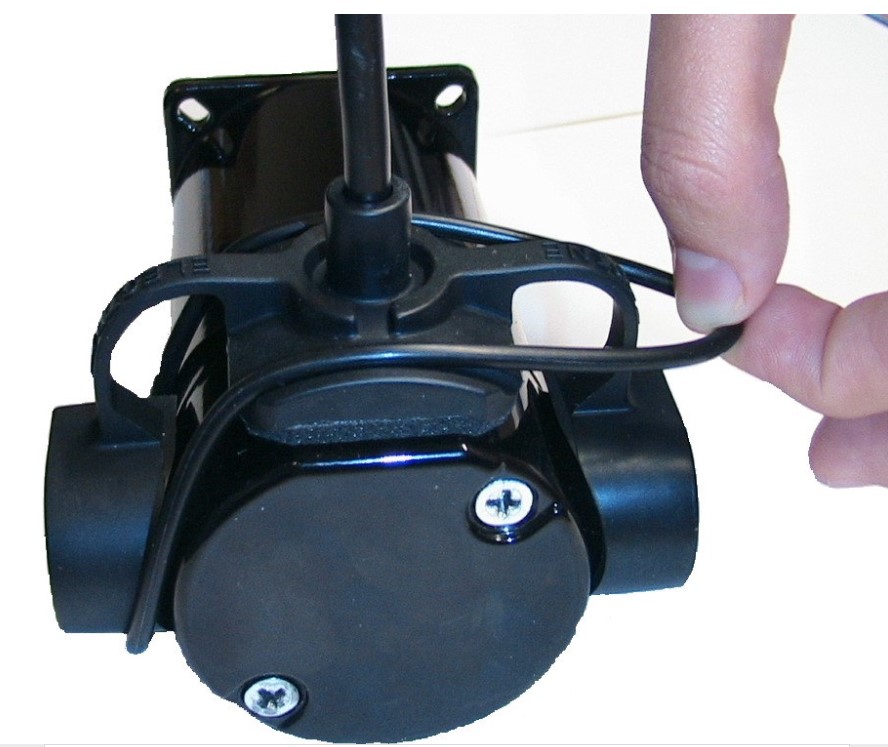
Motors without gearing and K-2 gearmotors may be operated in any position. Standard Bodine gearmotors are designed for universal horizontal mounting with the motor portion or the drive shaft horizontal. Other mounting positions are possible, depending on the gearmotor type (and lubricant). Some gearmotors are oil lubricated. If these gearmotors are mounted in a position other than horizontal, the oil might find its way out of the gearbox as the motor shaft or the shaft seal wear out over time. When in doubt, please consult our technical support staff in Northfield (Chicago area). You can e-mail us at info@bodine-electric.com.
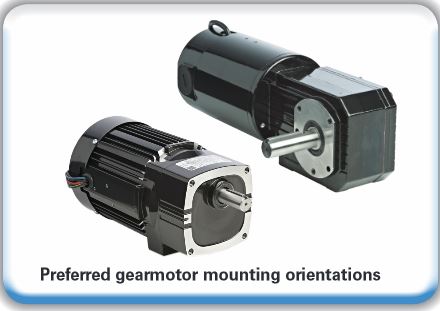
A motor designed for 60 Hz operation will run at 5/6 rated speed on 50 Hz. This can be of concern for totally enclosed, fan cooled (TEFC) motors or gearmotors. For example, a motor rated 1700 RPM on 60 Hz will run at 1400 RPM on 50 Hz. When the motor fan runs slower, the motor winding will receive less then the expected cooling.
Bodine 60 Hz permanent split capacitor (PSC) "Cl" motors will run hotter on 50 Hz, and typically require a capacitor change and derating. The motor temperature should be monitored during testing to make sure it is not overheating. Bodine split phase (or "Sl") motors and gearmotors that are rated for 60Hz should not be operated on 50 Hz because the internal centrifugal cut-out switch will not cut out correctly and might damage the start winding. Consult the factory for a 50Hz solution.
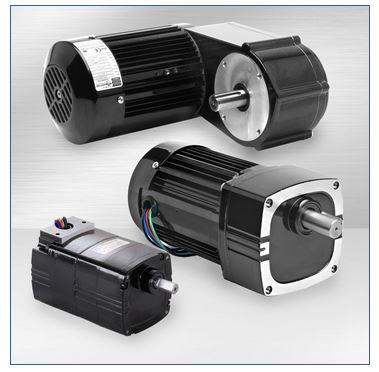
Gearmotors are ideal for applications that require high output torque in the smallest possible drive package, or when the motor output speed needs to be reduced. Their high torque-to-size ratio makes them the ideal drive solution for tight spaces, or when the overall machine design needs to be optimized for the smallest possible motor footprint. The inherent benefit of integral gearmotors is that they function as torque multipliers and speed reducers, requiring less motor power to drive a given load. The gear housing design, the gearing type, gear lubrication, and the specific mode of integration all affect the gearmotor performance, and application suitability.

You can purchase gearmotors directly from our website our from our extensive, global distributor network. Bodine Electric offers the broadest line of standard/stock fractional horsepower (FHP) gearmotors, motors, and speed controls (1/200 HP to 3/4HP).
- We have over 10,000 AC, PMDC and brushless DC electric motors, gearmotors and system matched motion controls in stock at our Peosta, Iowa (USA) warehouse.
- You can also order accessories (mounting brackets, terminal boxes, shaft kits, etc.) as well as replacement parts (brushes, springs, brush caps for our PMDC products)
- Most orders with premium routing (air shipments) ship the same day, if an order is entered before 1:00 p.m. CST, or within 24 hours (ground shipments).
- Orders shipped securely via UPS with order tracking.
- International orders ship via UPS Worldwide Express with order tracking.
- For quantity discounts, contact your local authorized Bodine distributor or your Regional Bodine Sales Manager.

All our gearmotor, speed control, and gearmotor accessory user manuals, and our installation instructions can be downloaded from the Literature sections of our website. You can find them under the Support tab > Literature > User Manuals. We also offer a large collection of application notes that cover many frequently asked user questions. Also under the Support tab and in the Literature section are links to download our many product info sell sheets, our product SDS (safety data sheets) for gearmotor lubricants, and our main product catalog “S” and the Bodine Handbook.

Order quantities and annual usage will factor into our pricing model for direct and indirect OEM customers. Besides volume discounts for repeat OEM orders and applications, we work with our OEM customers to optimize most of our gearmotor designs to meet your specific application needs. Design modifications can be made to improve performance or IP rating for customer-specific operating conditions, to add custom windings or mounting features, or to cost-reduce a design by eliminating unwanted design features. Please contact your regional Bodine sales manager to discuss your specific target price or application requirements. We look forward to hearing from you!
Inverter-duty gearmotors (and motors) feature variable speed, AC three-phase motor windings that are designed with a special winding insulation system to protect them from potential voltage spikes or corona damage caused by the AC “inverter” PWM speed control (Variable Frequency Drive / VFD). The special inverter-duty windings meet NEMA motor standard MG 1, Section IV, Part 31. In general, AC three-phase gearmotors and motors are more efficient than their AC single-phase counterparts, they are more compact, and provide higher output torques in the same size package. In addition, these variable-speed AC gearmotors and motors don’t require brush replacement or brush maintenance. Typical Applications are conveyor systems, food processing equipment, factory automation, pumps, lifts and packaging equipment.
